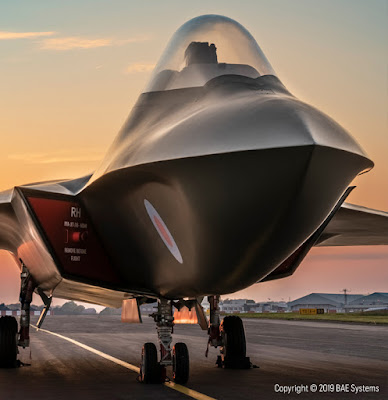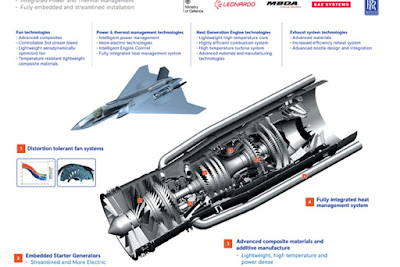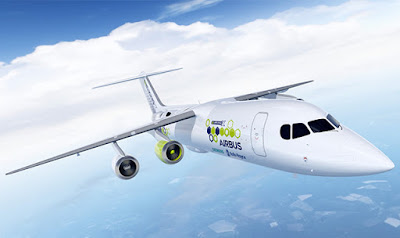Rolls-Royce and airframer Tecnam are joining forces with Widerøe – the largest regional airline in Scandinavia, to deliver an all-electric passenger aircraft for the commuter market, ready for revenue service in 2026. The project expands on the successful research programme between Rolls-Royce and Widerøe on sustainable aviation and the existing partnership between Rolls-Royce and Tecnam on powering the all-electric P-Volt aircraft.
Stein Nilsen, Chief Executive, Widerøe said: “Norway’s extensive network of short take-off and landing airports is ideal for zero emissions technologies. This aircraft shows how quickly new technology can and will be developed, and that we are on track with our ambition of flying with zero emissions around 2025.”
Rob Watson, Director – Rolls-Royce Electrical, said: “Electrification will help us deliver our ambition to enable the markets in which we operate achieve net zero carbon by 2050. This collaboration strengthens our existing relationships with Tecnam and Widerøe as we look to explore what is needed to deliver an all-electric passenger aircraft for the commuter market. It also demonstrates Rolls-Royce’s ambitions to be the leading supplier of all-electric and hybrid electric propulsion and power systems across multiple aviation markets.”
The programme will look to cover all elements of developing and delivering an all-electric passenger aircraft that could be used in the Norwegian market from 2026. Due to its topography, Norway makes extensive use of aviation for regional connectivity and has an ambition for all domestic flights to be zero emissions by 2040. Rolls-Royce will bring its expertise in propulsion and power systems, Tecnam will provide aircraft design, manufacturing and certification capabilities. Widerøe’s mission will be to ensure that all competence and requirements of an airline operator are in place for entry into service in 2026.
Andreas Aks, Chief Strategy Officer, Widerøe, added: “We are highly excited to be offered the role as launch operator, but also humble about the challenges of putting the world’s first zero emissions aircraft into service. Our mission is to have all new capabilities, processes and procedures required for a zero emissions operator, designed and approved in parallel with the aircraft being developed and certified.”
Fabio Russo, Chief Project R and D and Product Development, Tecnam, said: “It is incredible to see the interest around the P-Volt, not only coming from regional airlines, but also from smart mobility-based companies. This last year has demonstrated the importance of promoting capillary connections between small communities, while reducing the congestion of the main hubs. The P-Volt, like the P2012 Traveller today, will perfectly fit the scope of this programme. We are honoured and pleased to see the level of enthusiasm Widerøe and our partner Rolls-Royce are dedicating to this project.”
The collaboration offers an opportunity to develop an exciting solution to the commuter aircraft market. Before the pandemic, Widerøe offered around 400 flights per day using a network of 44 airports, where 74% of the flights have distances less than 275 km. The shortest flight durations are between seven and fifteen minutes. Developing all-electric aircraft will enable people to be connected in a sustainable way and will fulfill Wideroe’s ambition to make its first all-electric flight by 2026. The all-electric P-Volt aircraft, which is based on the 11-seat Tecnam P2012 Traveller aircraft is ideal for the short take-off and landing as well as for routes in the North and the West Coast of Norway.
Rolls-Royce and Widerøe announced a joint research programme in 2019. The aim of the programme was to evaluate and develop electrical aircraft concepts that would fulfil the Norwegian ambition of having the first electrified aircraft in ordinary domestic scheduled flights by 2030 and 80% emission reduction in domestic flights by 2040.
Rolls-Royce also has an existing strategic partnership with Tecnam to develop the modified Tecnam P2010 aircraft with the H3PS1 propulsion system, the first parallel hybrid-electric propulsion system for General Aviation started together with Rotax in May 2018.










